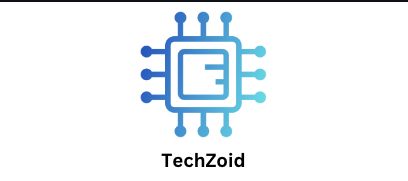Push Ads: A Guide
Push ads are internet advertisements that employ push notifications. Without the user’s permission, a push notification shows up on their laptop, tablet, or smartphone. Unlike traditional advertisements in websites, search results, or social media feeds, push ads are displayed in the desktop corner or notification panel, guaranteeing high visibility.
Typically, notifications include a brief title, a description, and an image or link that may be clicked. Push advertisements direct users to the advertiser’s landing page. Push advertising’s direct, interruption-based strategy makes it perfect for time-sensitive offers, reminders, and notifications.
Why Push Ads Are Used
Push adverts are made in three steps:
Consent of the user Consent is required for push advertisement notifications. Usually, while installing an app or accessing a website, notification permissions are asked for.
Push ad networks are used to distribute advertising campaigns to subscribers. These networks link advertisers to subscriber-based websites and applications.
When an advertiser posts a campaign, the push ad instantly shows up on the device screens of the targeted customers.
Because push advertising requires opt-in, it attracts customers who have expressed interest in the product, service, or website, increasing the likelihood that they will interact.
Many Types Of Push Ads
There are two primary types of push ads:
Push notifications on the web— This is supported by Chrome, Firefox, Safari, and other browsers. Both desktop and mobile devices operate without the need for software.
Installing the app and enabling notification permissions are prerequisites for receiving push notifications from mobile apps.
Both kinds have advantages, but they target and acquire subscribers in different ways.
Push Ads: What They Offer
Push advertising appeals to advertisers for a number of reasons:
Because push notifications are visible on the user’s screen, it is less likely that they will be ignored.
Instant distribution is advantageous for urgent promotions, flash discounts, and breaking news.
Improved Ad Engagement: Users who have opted in are more likely to engage with advertisements.
expands the advertiser’s reach to include tablets, cellphones, and PCs.
Ads may be personalized based on location, interests, and previous interactions.
Restrictions and Problems
Although effective, push advertising has disadvantages.
Users may become irate and decide to deactivate or unsubscribe if you send them too many alerts.
Because push advertising must be succinct, complex topics are difficult to convey.
User permission is required for push advertising.
Misuse: Ineffective targeting can make them intrusive and undermine consumer trust in the business.
Best Practices for Push Ads
To get the best results, heed these push ad tips:
Relevant Content: Customize advertisements based on user interests to increase interaction.
time notifications for active users.
Clear and Captivating Headlines: Use concise language to capture attention right away.
Limit notifications to prevent unsubscribes.
To assess and enhance campaign performance, look at click-through rates and conversions.
Push Ads vs. Other Advertising
Unlike display or social media ads, which require consumers to visit a website, push advertising contacts users instantly. Alerts have a higher click-through rate than email marketing since they are immediate and difficult to ignore. Because push ads are shorter and interruption-based, they work better for succinct, powerful messages than for lengthy content.
Conclusion
Push notifications are used in push ads to quickly interact with users. By showing on the screen of the user’s device, they optimize visibility and engagement. When used properly—that is, by focusing on the right audience, giving pertinent content, and avoiding overuse—push advertising may improve digital marketing. To enhance the user experience, marketers must balance their use, though.
Because Puls ads appear when it matters most, they help businesses stay at the forefront of consumers’ minds in the fast-paced digital world of short attention spans and fierce competition.
